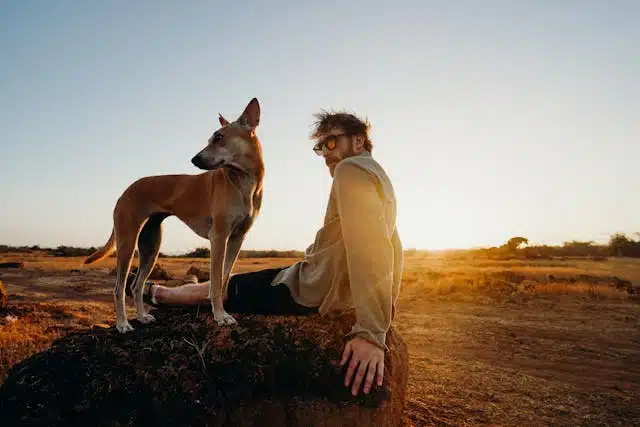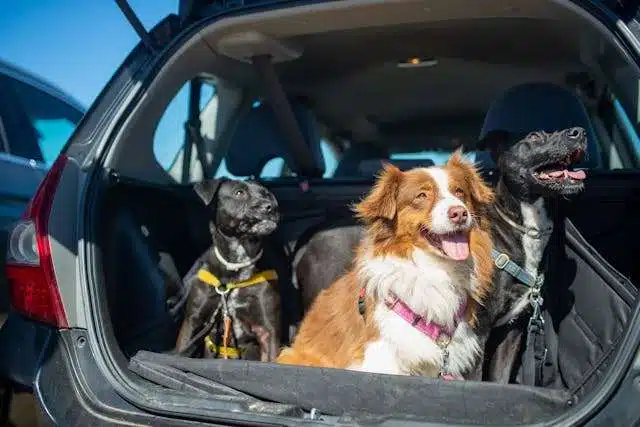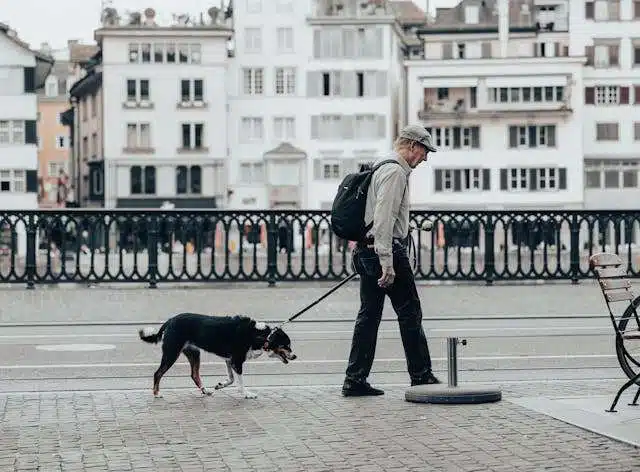Many dog owners take their pups everywhere, especially on a nice sunny day. If you’re going to the beach or exploring a new park or trail, chances are you’ll bring your four-legged companion along. As people, we’re often reminded about the importance of sun protection, but what about for dogs? This article will provide tips on how to keep your dog safe from the sun.
Table of Contents
ToggleRisk Factors For Sun Damage
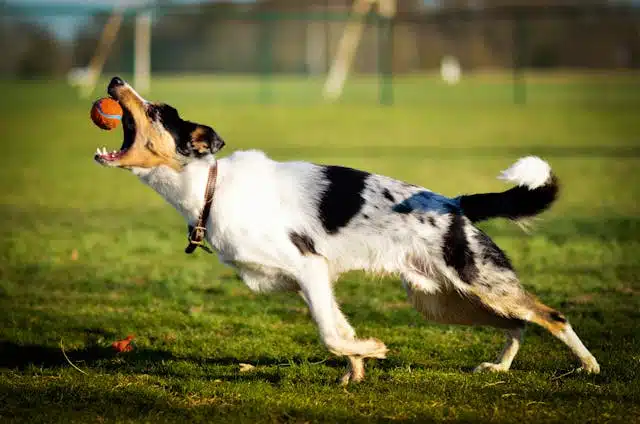
Most pet owners aren’t aware of the importance of sun protection for their pets because of their fur, but your dog can become sunburned if you don’t protect him. Your dog’s risk level for UV damage is affected by the color of their skin and also the thickness of their coat. Dogs with no hair, such as the Chinese Crested, are particularly vulnerable to sun damage. Several other breeds of dogs carry a high risk of sun damage, including Dalmatians, boxers, Greyhounds, and bull terriers because of their light colors and short fur coats. If your dog enjoys sunbathing, they’re also at risk for UV damage if they’re really exposed.
How To Know If Your Dog Is Sunburned

So, how do you know if your dog has a sunburn? Dogs are most likely to get sunburnt at the ear tips, on the nose bridge, around the mouth, in the armpits, and on the belly. There may be redness, flakiness, or swelling of the skin, which is sensitive to touch. Don’t apply topical ointments like Aloe to your dog’s sunburn, as they can be toxic if your dog ingests them. Take a cool compress and apply it to the affected area instead. In some cases, your veterinarian may prescribe a topical antibiotic or an anti-inflammatory cream.
Apply Dog-Safe Sunscreen
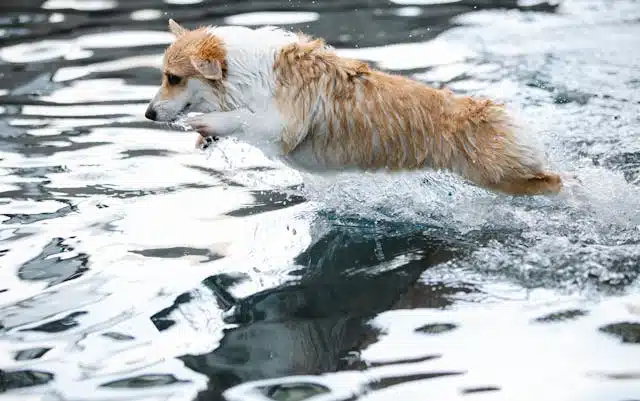
So, if you’ll be spending a lot of time outdoors, you can give your dog a dog-safe sunscreen and apply it to those burn-prone areas. If you are going to be outside for an extended period of time, reapply sunscreen every four to six hours or after your dog swims. Because dogs wear a fur coat year-round and cannot sweat like we can, they are at an increased risk for heat exhaustion or heatstroke when exposed to prolonged sun.
Heatstroke or Exhaustion In Dogs
Even though dogs have a few sweat glands, they cool themselves primarily by panting. Certain breeds, especially brachiocephalic breeds like pugs or French Bulldogs, have an increased risk for heatstroke or exhaustion because of the structure of their nasal cavity. As well as prolonged direct sun exposure, dogs who are left inside an uncooled car, even when it doesn’t feel hot outside, excessive playing during hot weather without breaks for cooling or hydration, inadequate access to cool water during hot weather, and being left out in the sun without shade or water can all lead to heatstroke.
How To Protect Your Dog From Sun Damage

During a hot day, you should also be cautious if you’re walking your dog outside because the sun can quickly heat up the pavement. So, what can you do to prevent your dog from being exposed to the sun? The first step would be to avoid taking your dog outside during the hottest part of the day, which is usually between 10 a.m. and 4 p.m. If you do take your dog outside during this time, make sure he is shaded and that you give him ample breaks between walks. Water is essential for staying hydrated, so make sure you have access to fresh water at all times. Something like bone broth can also help encourage your dog to drink. As UV rays can damage your dog’s skin barrier, it is important to protect your dog’s skin with something like Omega oil.
When you have to take your dog out on a hot day, you can try putting on booties designed for dogs, but make sure they are specially designed to protect them during hot weather. The cold weather booties you put on your dog during hot weather can actually make him overheat. Your dog can also be protected from the heat by wearing a cooling vest or sun-protective clothing. A word of caution, if you suspect your dog is suffering from heat exhaustion, your initial reaction might be to offer them cold ice water or ice cubes, but this can actually shock their systems and make their condition worse. So, at the first sign of any heat-related problems, immediately bring your dog indoors, and you can try giving them cool or tepid water while you call your veterinarian.
When you spend time in the sun with your dog, everyone will feel happier, but follow these sun safety tips to keep your dog healthy and safe.

